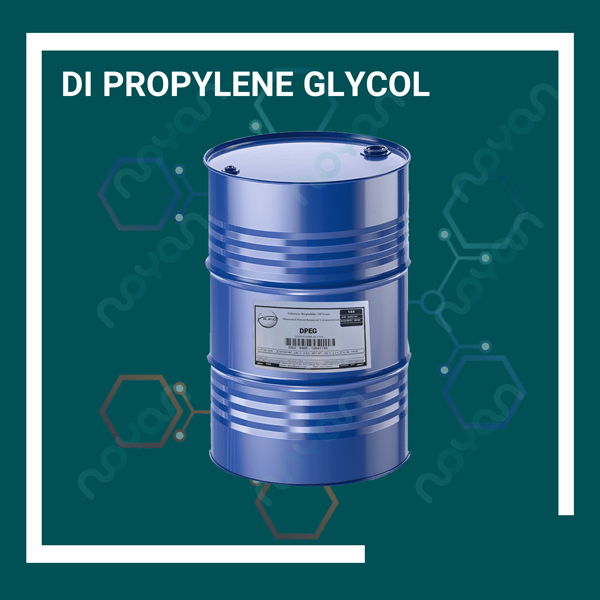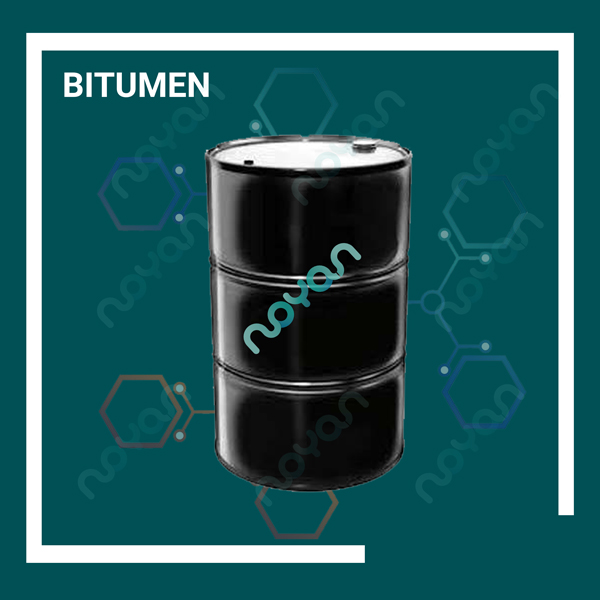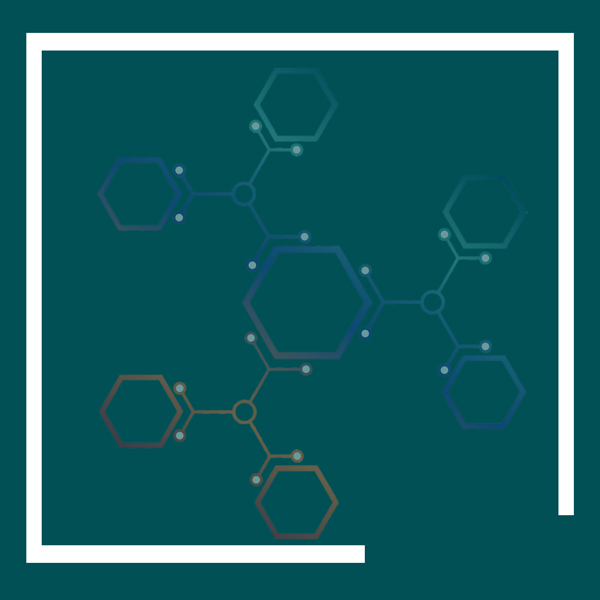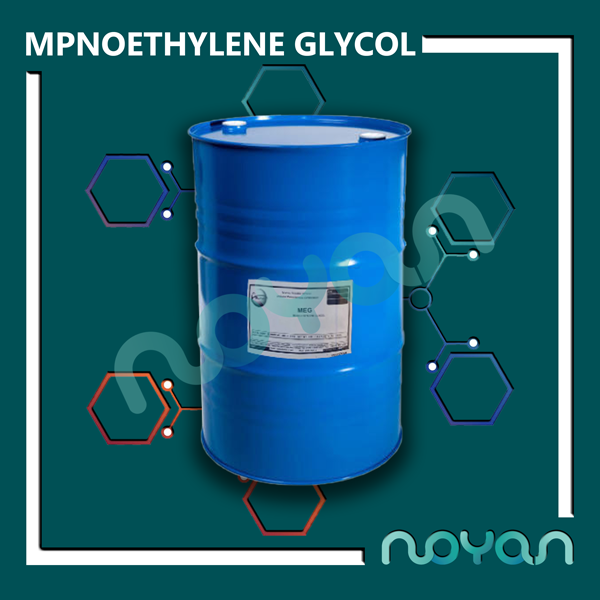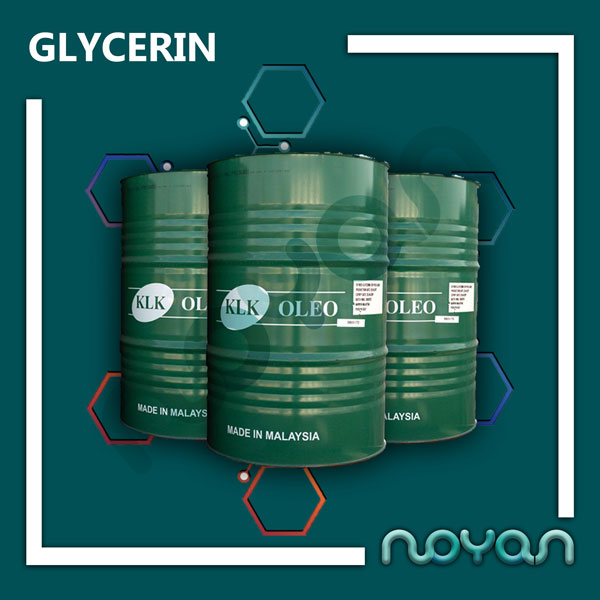Dipropylene glycol (DPG) is used in various industries such as the production of chemicals (such as resins), perfume, cosmetics, brake fluid, soap, etc. due to its ability to dissolve water and other chemical compounds, especially oils. . This product is generally produced in two industrial and perfume grades. It is a clear, colorless, almost viscous liquid that absorbs much less moisture than other glycols. It is an excellent solvent that can be mixed with water and many organic compounds such as ethanol, benzene, toluene, carbon tetrachloride, monoethanolamine and diethanolamine. Dipropylene glycol is an excellent bi-solvent, also used in the production of polyester resins and as a thermal fluid. This chemical compound is a mixture of three branched isomers of bis-hydroxypropyl and is obtained as a by-product in the production of propylene glycol. Applications DPG can help keep various products moist due to its ability to absorb moisture. It is also used as a plasticizer in the formation of polyurethane polyols to improve flexibility and increase cracking resistance at low temperatures. Note: Plasticizers are compounds that are added to materials to improve their physical properties, especially to increase flexibility and reduce viscosity. Dipropylene glycol is similar to other propylene glycols (mono and tri) in general properties and contexts used. However, its strength in dissolving certain substances and its higher density have led to its use in cases where other glycols are not suitable. For example, its high ability to dissolve castor oil (caster oil) has led to its use in brake fluid formulations. It is also used in cutting oils, textile lubricants and industrial soaps due to its special association with other oils. It is also used as a reactive intermediate in the manufacture of polyester resins, plasticizers and urethanes. Dipropylene glycol is used as a solvent in the perfume and personal care products such as deodorants in perfumed or low-odor grade perfumes. In most perfumes, DPG acts as a binder and carrier of essential oils and aromatic oils. The presence of this substance in a perfume causes the aromatic molecules to stick to each other and disappear later. In other words, the persistence of the scent of a perfume can be determined using the amount of dipropylene glycol. The proper ratio is usually DPG and essential oils mixed in a 3: 7 ratio in a non-reactive chamber and then transferred to an UV resistant chamber. Application in cosmetics In cosmetics and personal care products, dipropylene glycol is used as a solvent, viscosity reducer and fragrance. As a solvent, it helps to dissolve or suspend other substances without changing their chemical properties. DPG, in addition to providing the possibility of equal distribution of different compounds in the formulation of cosmetic compounds, also brings good consistency to the product. It also has a high boiling point and the higher the ratio in the product, the later the cosmetic dries. In addition, solvents such as dipropylene glycol are used to dilute the formulation and reduce its viscosity. Solvents can also increase the effectiveness of a particular compound by helping it to be absorbed. It is also used as a deodorant in cosmetics. This is done to eliminate the unpleasant odor of some chemical compounds in the formulation. Such compounds are called masking agents, sometimes a masking agent can eliminate the unpleasant odor of other compounds so much that the consumer thinks that this product does not smell at all. Is the use of dipropylene glycol in cosmetics harmful? You may have seen in some sources that the use of glycols in cosmetics and other products has been condemned. But what is the reality? Glycols are a family of chemical compounds that are used in a wide range of applications due to their unique properties. You can find traces of glycolic compounds from antifreeze to soap. But it should be noted that each family of chemicals has different compounds, each of which has different grades. For example, methanol and ethanol are both alcohols, but methanol is highly toxic and ethanol is even used in beverages. Studies by CIR on glycols, such as dipropylene glycol, have shown that their presence in cosmetic formulations does not cause any harm to human skin and their use in cosmetics is unimpeded. Toxicity Propylene glycols are generally low in toxicity, and in studies in laboratory mice exposed to 5% dipropylene glycol in drinking water for 77 days, they had no adverse effects. Has not left. However, in doses of 10% and above, some kidney and liver problems have been observed. DPG can cause mild to severe irritation if it comes in contact with the eye.
